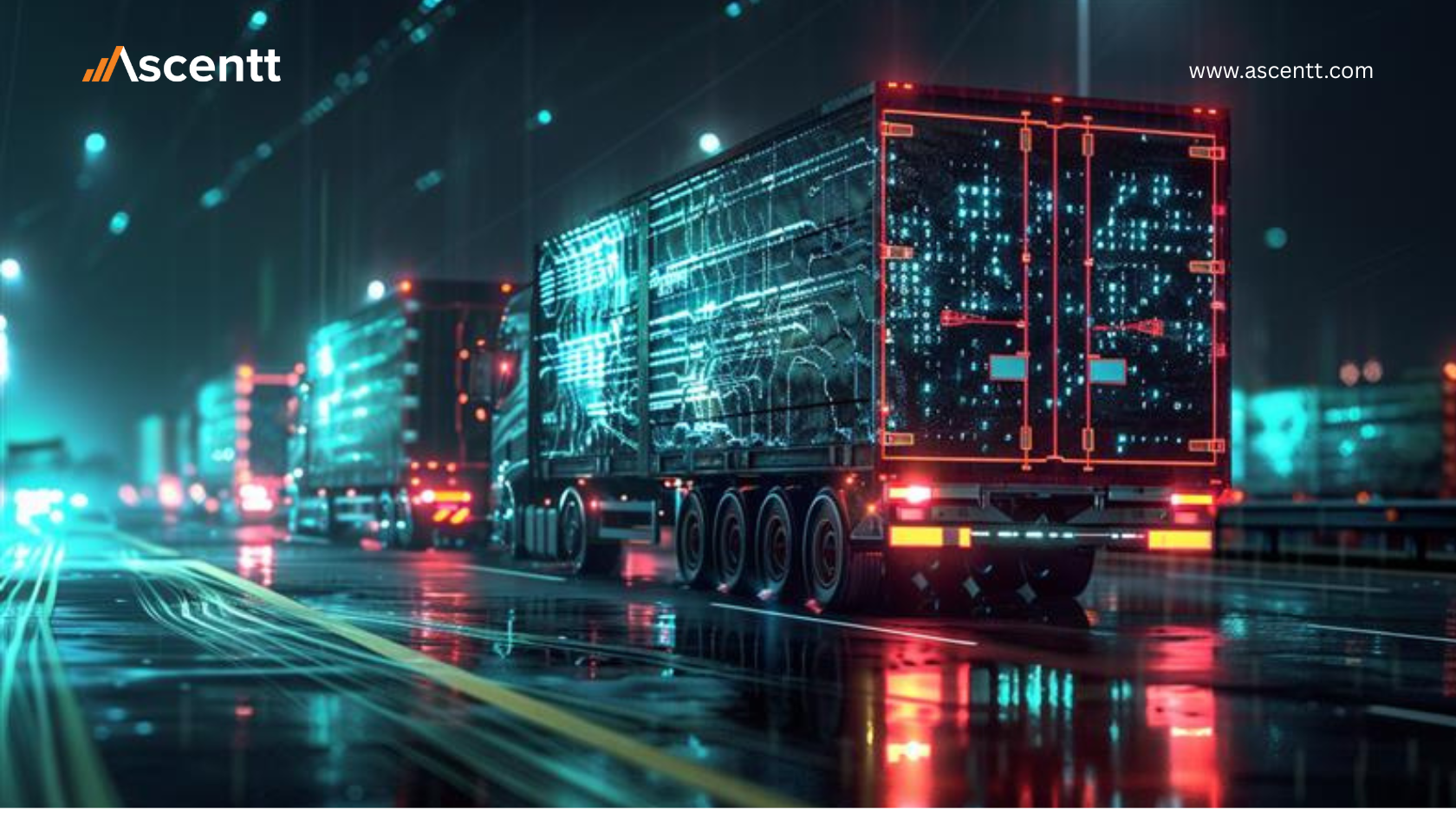Today’s supply chain landscape faces unprecedented pressure from converging demands that traditional logistics approaches simply cannot meet. Almost half of shippers report that consumers now expect less than 2-day delivery terms, alongside complete transparency and environmental commitments. Meanwhile, global supply chain disruptions in 2024 resulted in losses averaging 8% of companies’ annual revenues, with disruptions increasing by 38% from the previous year.craneww+2
But the problem runs deeper than external disruptions. The fundamental architecture of how we route goods remains anchored in static, reactive methodologies designed for a simpler era. While companies rush to implement faster trucks or build bigger warehouses, the real bottleneck lies in the intelligence layer that orchestrates these physical assets.
What’s Broken with Traditional Routing Methods
Traditional routing approaches suffer from three critical limitations that make them increasingly obsolete:
Static Decision-Making in a Dynamic World: Conventional systems rely on predetermined algorithms and historical data, struggling with real-world complexity. The result? Trucks in the U.S. run about 30% empty on average, wasting time and fuel while generating unnecessary emissions. Traditional methods cannot dynamically optimize across multiple variables simultaneously, a limitation that becomes more pronounced as delivery networks grow denser.mitsloan.mit
Limited Real-Time Adaptability: When disruptions occur, manual planning systems cannot recalculate routes for entire fleets within seconds. Companies using traditional methods face delivery delays that increase last-mile expenses by 28%, while average delivery times remain 25% longer than pre-pandemic levels. procurementtactics+2
Inefficient Resource Coordination: Legacy systems operate in silos, preventing the holistic optimization that modern logistics demand. This fragmentation directly impacts the bottom line and customer satisfaction.
A Real-World Transformation: DHL's Route Intelligence Revolution
Consider DHL’s implementation of AI-powered route optimization, a transformation that illustrates the tangible impact of intelligent routing systems. Facing the same challenges as many logistics’ providers rising fuel costs, increasing delivery expectations, and environmental pressures, DHL deployed AI-powered route planning software that analyzes all delivery points, prioritizing them based on urgency while factoring in distance optimization.spd
The results were immediate and measurable. DHL achieved a 15% reduction in vehicle miles and a 10% decrease in carbon emissions through their AI optimization engine. More importantly, the system enabled faster deliveries with less fuel consumption while providing customers with more accurate delivery time windows.code-brew+1
But the true breakthrough wasn’t just operational; it was strategic. By shifting from reactive route adjustments to proactive optimization, DHL created a competitive moat that competitors struggle to replicate quickly.
How GIS Transforms Data into Dynamic Routing Intelligence
Geographic Information Systems integrated with artificial intelligence represent a paradigm shift from reactive logistics to proactive orchestration. This transformation occurs through several key mechanisms:
Real-Time Spatial Intelligence: Modern GIS platforms leverage real-time GPS data, road conditions, and weather forecasts to create routing solutions that adapt continuously. AI-driven GIS tools can analyze 58 different parameters simultaneously to determine optimal routes—far beyond what human planners can process.agiindia+1
Predictive Analytics Integration: AI algorithms forecast demand surges, predict vehicle maintenance needs, and anticipate supply chain disruptions. This foresight enables proactive resource allocation during holiday seasons and prevents bottlenecks before they cascade through the network.lunartech
Multi-Variable Optimization: Unlike traditional systems that consider basic factors, intelligent routing analyzes traffic patterns, delivery priorities, vehicle capacities, fuel efficiency, and environmental impact simultaneously. Companies using GIS integration see delivery efficiency improvements of up to 30%.nextbillion
Early Adopters' Edge: The Competitive Advantage of Smart Logistics
The gap between early adopters and laggards is widening rapidly, with measurable impacts across operational and financial metrics:
Quantifiable Performance Improvements: Companies with real-time supply chain visibility are 2.5 times more likely to be high-performing, achieving on-time delivery rates of 98% or higher. Organizations implementing AI-driven logistics solutions reduce stockouts by up to 50% while decreasing inventory carrying costs by 15-25%.pallitegroup
Cost Structure Transformation: Early adopters of AI-powered supply chain management achieve 15% lower logistics costs and 35% inventory improvements compared to competitors. These improvements compound over time, as companies cut emergency shipping costs by 30% or more through advanced warning systems.oracle+1
Strategic Market Positioning: Beyond operational metrics, intelligent routing creates differentiation that translates to customer loyalty and market share protection. Companies can provide superior service reliability, meeting consumer expectations for fast and transparent delivery updates that have become table stakes in today’s market.rinf
The Ascentt Advantage: From Asset Management to Intelligence Networks
The fundamental insight driving this transformation is that modern logistics value comes from data-driven orchestration, not just faster trucks or bigger warehouses. At Ascentt, we’ve seen firsthand how companies that understand this shift are capturing disproportionate value.
Consider the broader market validation: Supply chains leveraging AI and machine learning save time, cut costs by up to 15%, and slash inventory by 35%. The global GIS market is projected to reach $24.61 billion by 2034, growing at 8.71% CAGR, reflecting recognition that GIS provides improved efficiency, cost reduction, and enhanced sustainability when integrated into logistics operations.infios+2
But technology alone isn’t a differentiator. The companies we work with succeed because they implement GIS and AI as the central nervous system of their operations, creating what we call “logistics orchestration”, where every shipment, route, and delivery decision becomes an opportunity to optimize value rather than simply manage assets.
The Window for Competitive Advantage is Closing
As we move toward 2025, the question for logistics organizations isn’t whether to adopt intelligent routing systems, but how quickly they can implement them before the competitive window narrows. By 2025, 95% of analytical decisions will involve automation, while 38% of logistics companies already use AI solutions, achieving up to 30% better transit times and fuel consumption.noloco
The early movers are already capturing disproportionate value through systems that become more sophisticated and harder to replicate over time. Their advantages are compounded as these intelligence networks learn and optimize continuously.
The future of supply chain logistics lies not in moving faster, but in moving smarter, and that intelligence begins with understanding that every logistics decision is an opportunity to orchestrate value through data-driven precision.
Learn how modern GIS architecture is reshaping real-time decision-making across global supply chains. Contact Ascentt to discover how our data-driven orchestration approach can transform your logistics operations from reactive management to proactive intelligence before your competitors do.




